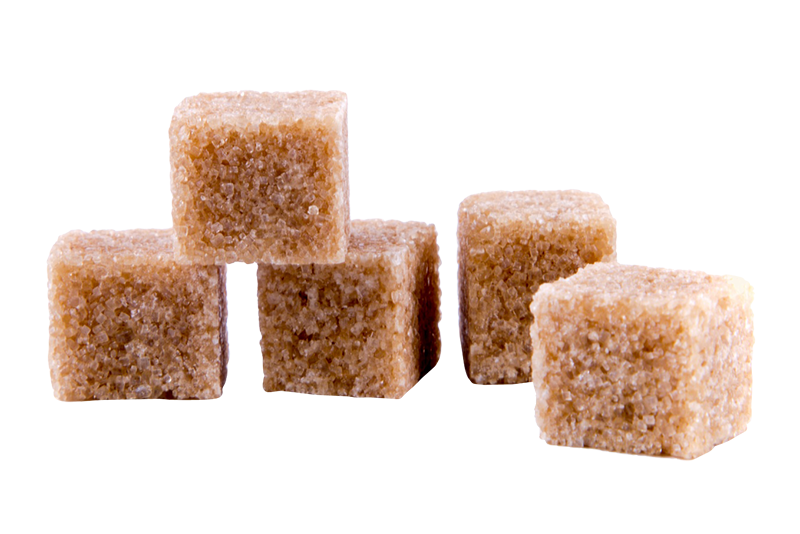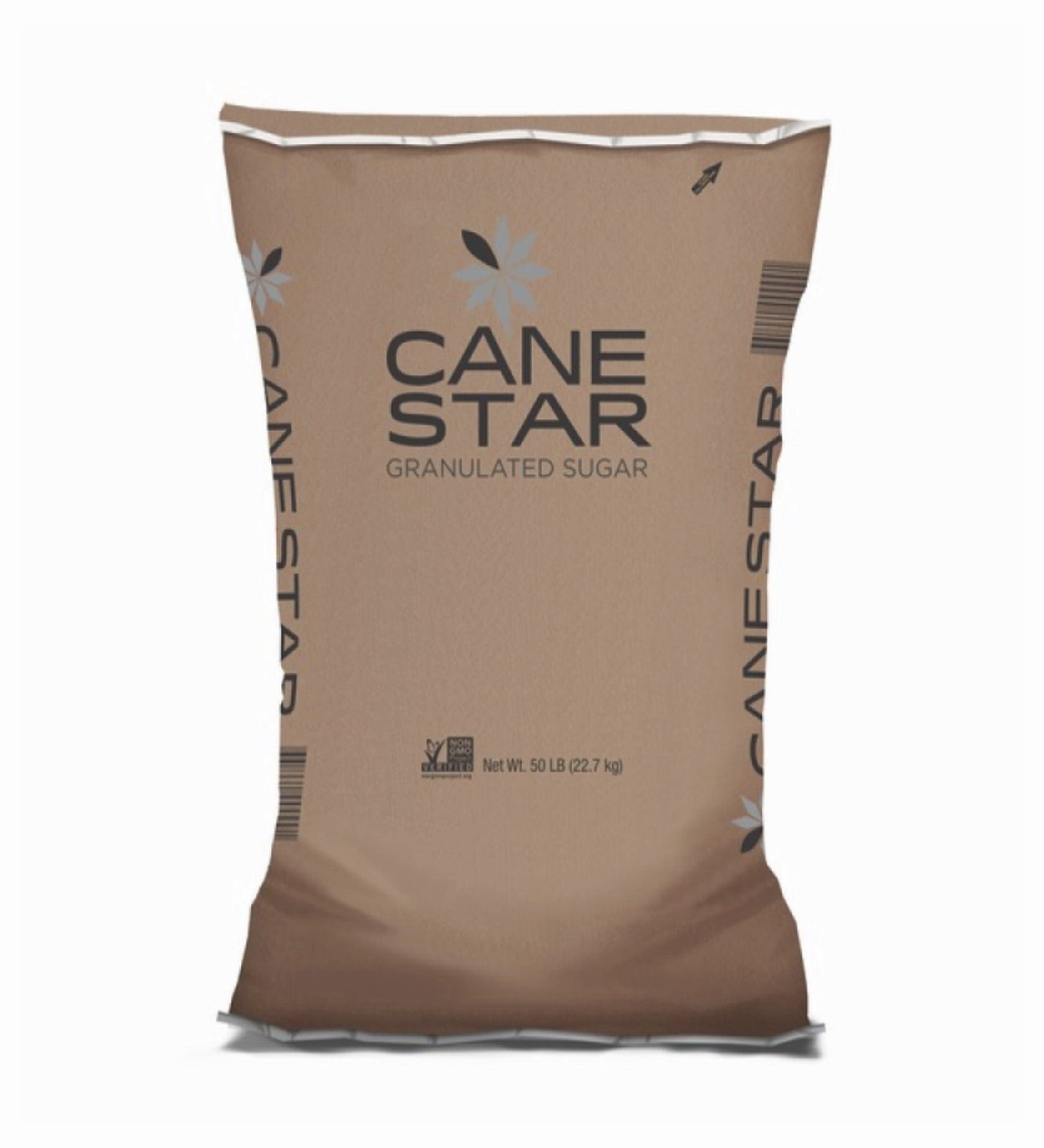A Comprehensive Overview to the Ecological Impact and Sustainability Practices in Walking Stick Sugar Handling
The ecological influence of cane sugar processing provides a complicated selection of obstacles that warrant cautious exam. From soil degradation and excessive water usage to the carbon impact associated with farming and manufacturing, the effects of typical techniques are far-ranging. In comparison, the fostering of cutting-edge sustainability procedures uses a pathway toward much more responsible production approaches. Recognizing the interaction between these issues is critical for stakeholders in the sector. What particular practices can be implemented to strike an equilibrium in between efficiency and environmental stewardship? The solutions exist in a more detailed consider both the difficulties and potential solutions.
Review of Cane Sugar Processing
Walking stick sugar processing includes a series of methodical actions that transform sugarcane right into polished sugar. Initially, collected sugarcane is carried to refining facilities, where it undertakes cleaning to eliminate dirt and debris. Following this, the walking stick is squashed to extract juice, which is after that made clear by eliminating contaminations through heating and the enhancement of lime.
The clarified juice goes through dissipation, where water is gotten rid of to concentrate the sugar web content. This concentrated syrup is then taken shape via cooling, enabling sugar crystals to create. These crystals are separated from the staying syrup making use of centrifugation, resulting in raw sugar. To accomplish refined sugar, the raw item undergoes more filtration processes, which may include filtering and washing to get rid of remaining pollutants and shade.
The final product is then dried and packaged for distribution. Throughout this entire process, preserving effectiveness and top quality control is vital to make certain the sugar meets market requirements. Each action in walking cane sugar handling not just adds to the last item yet additionally has ramifications for source use and waste generation, setting the stage for discussions on sustainability and ecological impacts connected with sugar production.
Environmental Challenges of Manufacturing
The manufacturing of cane sugar provides numerous substantial ecological difficulties that warrant interest. One primary issue is the comprehensive use agrochemicals, including pesticides and fertilizers, which can lead to soil destruction, biodiversity loss, and contamination of neighborhood water resources. The runoff from sugarcane areas typically carries these chemicals right into nearby ecosystems, disrupting marine life and influencing the health and wellness of communities reliant on these water bodies.
Another obstacle is the high power consumption related to sugarcane handling. The boiling and refining stages require significant warm, primarily created by shedding nonrenewable fuel sources, adding to greenhouse gas emissions. Additionally, the expansive land area needed for sugarcane growing can bring about logging and habitat devastation, further intensifying environment adjustment and harmful wildlife.
Moreover, the labor methods in some regions increase honest concerns, as employees might deal with inadequate working conditions and poor salaries. This scenario commonly perpetuates a cycle of hardship in local neighborhoods. Cane Sugar Processing. Addressing these ecological challenges is important for developing much more lasting methods in walking cane sugar production, eventually profiting both the environment and the neighborhoods entailed in this industry
Water and Land Usage Influence
Water sources and land application are vital parts in the cane sugar market that significantly affect the atmosphere. The cultivation of sugarcane needs significant water input, with estimates suggesting that it can eat up to 2,000 litres of water per kilogram of sugar created. This extensive usage of water frequently causes deficiency of local water resources, impacting not just the sugarcane plantations yet also surrounding environments and areas that rely on the same water sources for agriculture and domestic use.

In addition, land use for sugarcane cultivation can bring about logging and the conversion of natural habitats right into monoculture ranches. This technique diminishes biodiversity, interrupts neighborhood environments, and contributes to soil destruction. The expansion of sugarcane areas often intrudes on valuable agricultural land, producing competitors for resources between food and biofuel manufacturing.
Lasting techniques, such as optimizing watering strategies and executing plant turning, are essential to alleviate these influences. By adopting much more reliable water use and land management techniques, the walking cane sugar sector can reduce its ecological footprint, ensuring a balance between agricultural efficiency and ecological conservation.
Greenhouse Gas Emissions
Greenhouse gas exhausts stand for a significant environmental problem within the walking cane sugar handling sector, specifically as farming techniques increase to fulfill global demand. The cultivation of sugarcane, a plant that prospers in exotic environments, depends greatly on synthetic fertilizers and pesticides, which add to nitrous oxide discharges. Furthermore, land-use adjustments, consisting of deforestation for new sugarcane vineyards, launch co2 saved in plant get more life and dirt.
Throughout handling, energy consumption is an additional major resource of greenhouse gas emissions - Cane Sugar Processing. Lots of sugar mills utilize fossil gas to power equipment and produce warmth, leading to substantial carbon footprints. Moreover, the transportation of raw sugarcane and finished items adds layers of exhausts with fuel burning in vehicles
This includes evaluating present farming techniques, processing methods, and transportation systems to recognize locations for improvement and mitigation. Attending to greenhouse gas exhausts is important for cultivating a much more lasting walking stick sugar industry in a transforming environment.

Lasting Practices and Innovations
Sustainable techniques and developments are significantly important in the walking cane sugar processing market as stakeholders look for to reduce environmental effects while keeping productivity. One considerable advancement is the application of incorporated crop monitoring, which optimizes resource usage by incorporating soil management, bug control, and crop rotation strategies. This method improves return while decreasing chemical inputs and preserving soil health and wellness.
Moreover, the adoption of sustainable power resources, such as biomass from sugarcane deposits, has actually obtained traction - Cane Sugar Processing. By transforming waste products into energy, refining facilities can minimize their dependence on nonrenewable fuel sources, therefore decreasing greenhouse gas exhausts
Water monitoring techniques have likewise seen improvements through the recycling and reusing of water in processing plants, substantially lowering freshwater intake. Technologies in innovation, such as precision farming, make it possible for farmers to keep an eye on plant wellness and resource use a lot more efficiently, ensuring lasting farming techniques.
Moreover, accreditation programs like Fair Profession and Jungle Alliance urge eco accountable farming practices and advertise social equity within the supply chain. By accepting these sustainable techniques and advancements, the walking stick sugar processing sector can boost its durability and contribute favorably to environmental stewardship.
Conclusion
The ecological impact of walking cane sugar processing offers considerable challenges, consisting of soil degradation, high water intake, and greenhouse gas discharges, alongside honest problems connected to labor techniques. Attending to these concerns with sustainable methods, such as integrated crop monitoring, renewable resource fostering, and water recycling, is necessary. By promoting socially fair and environmentally liable methods in sugar manufacturing, the market can mitigate its negative effects, making sure an extra sustainable future for both ecological communities and communities entailed in this field.
Walking stick sugar handling entails a collection of organized actions that transform sugarcane into refined sugar. Each step in cane sugar handling not just contributes to the last product but likewise has ramifications for resource usage and Read More Here waste generation, establishing the phase for conversations on sustainability and ecological influences associated with sugar manufacturing.
Greenhouse gas exhausts stand for a significant environmental issue within the walking stick sugar processing market, especially as farming methods broaden to satisfy worldwide need.Lasting practices and developments are progressively crucial in the walking stick sugar processing market as stakeholders seek to decrease environmental influences while keeping performance.The ecological influence of walking stick sugar handling provides significant challenges, including soil go now deterioration, high water consumption, and greenhouse gas discharges, alongside moral problems related to labor methods.